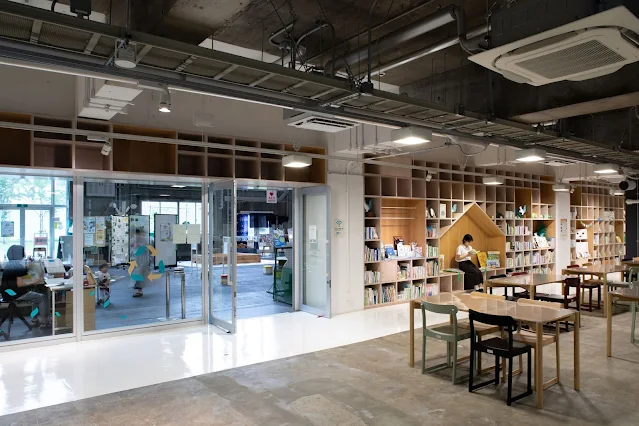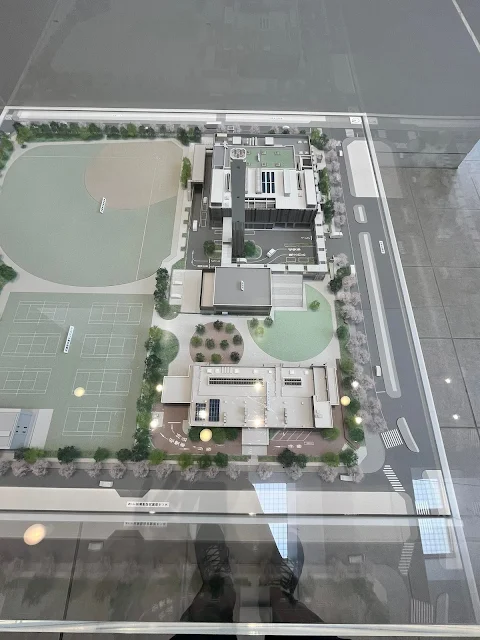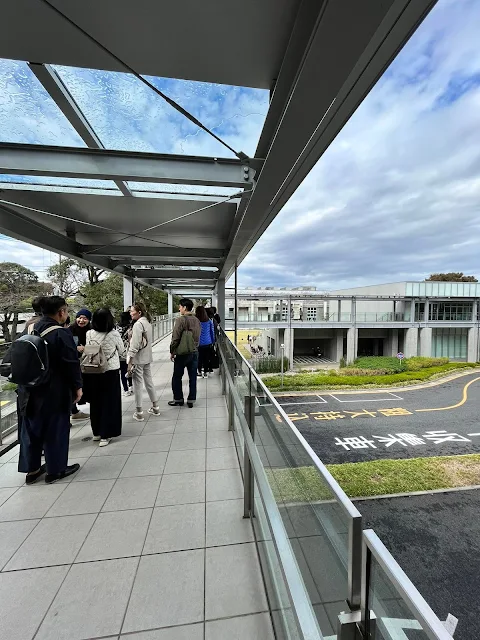That's the magic of Musashino's location. Nestled close to the Tama River, the plant leverages its proximity to a natural waterway for efficient ash transportation and cooling water supply. This reduces reliance on trucks and minimizes carbon footprint, a testament to thoughtful urban planning.
Stepping inside the Musashino Clean Center is like entering a high-tech orchestra, where each component plays a crucial role in the harmonious treatment of waste. The heart of this symphony is the advanced incineration system. Imagine towering furnaces equipped with sophisticated air flow control and combustion technology, ensuring complete combustion with minimal emissions. But the music doesn't stop there. Flue gas treatment, akin to a meticulous conductor, ensures air quality by neutralizing harmful pollutants before they waltz into the atmosphere.
Think of waste as a hidden energy source, waiting to be unlocked. The Musashino Clean Center does just that. The heat generated during incineration isn't simply lost; it's transformed into electricity, powering a portion of the facility and reducing reliance on fossil fuels. This energy-from-waste approach is a harmonious duet between environmental responsibility and resource efficiency.
The Musashino Clean Center wasn't born in a vacuum. It's the culmination of a collaborative effort between the Tokyo Metropolitan Government and the City of Musashino, who joined hands to create a sustainable solution for waste management. Renowned companies like Mitsubishi Heavy Industries and Hitachi Zosen added their expertise to the mix, composing a symphony of engineering prowess.
The Musashino Clean Center wasn't just a financial investment; it was an investment in the future. Completed in 2000 at a cost of around 60 billion yen, it was a bold statement about embracing environmentally responsible solutions. And the returns have been impressive. This facility, hailed as a global leader in waste management, showcases the economic and environmental benefits of innovative technology.
The Musashino Clean Center isn't just about processing waste; it's about educating the public. The facility offers tours and programs, inviting the community to witness the inner workings of this complex operation. Through interactive exhibits and informative talks, visitors gain a deeper understanding of waste management and its role in environmental protection.
The Musashino Clean Center is not just a waste treatment plant; it's a testament to human ingenuity, a canvas painted with strokes of technological advancement and environmental responsibility. It's a story of collaboration, innovation, and a vision for a sustainable future, inspiring other cities to follow in its footsteps and orchestrate their own waste management symphonies.
While the exact architectural firm behind the Musashino Clean Center remains shrouded in a bit of mystery, its technological tapestry is woven with the threads of several industry heavyweights. Imagine a collaborative effort, a fusion of expertise, where environmental know-how and engineering prowess dance in perfect harmony. Here are some potential players who might have orchestrated this symphony of sustainable waste management:
The Maestro of Design, a titan in the realm of industrial architecture, Taisei boasts extensive experience in crafting facilities that handle waste with both efficiency and environmental consciousness. Their portfolio brims with similar projects, each a testament to their commitment to sustainable solutions. Nippon Steel Engineering Co. Ltd., renowned for their prowess in steel structures and environmental engineering, Nippon Steel Engineering could have brought their expertise in designing facilities that withstand the high temperatures and demanding processes of waste incineration. Takenaka Corporation, a veteran in the construction industry, Takenaka's portfolio showcases an impressive blend of innovation and environmental responsibility. Their involvement in Musashino's waste treatment symphony wouldn't be a surprise, given their dedication to sustainable development.






























No comments:
Post a Comment